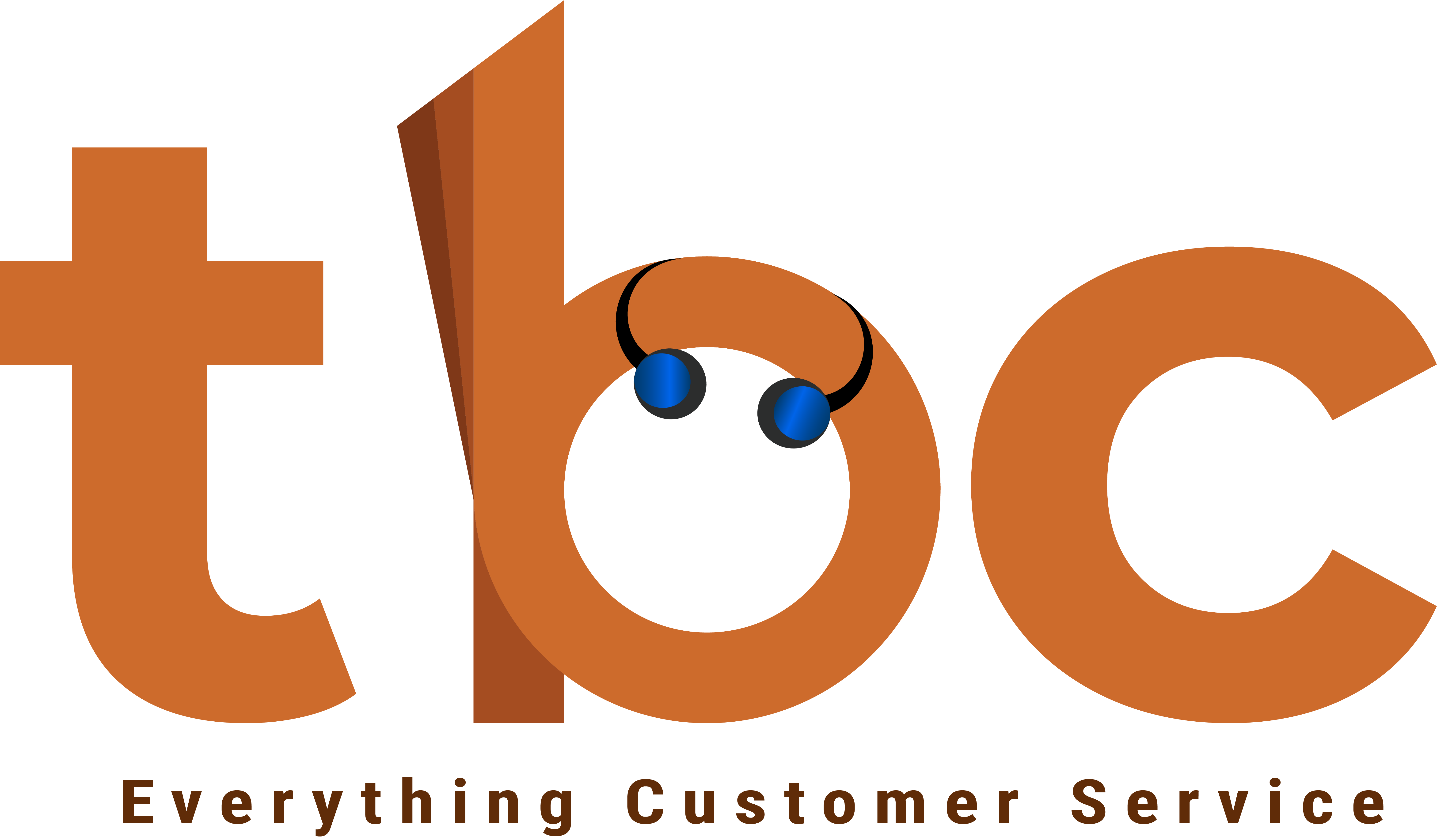Zoho is leading the pack in moving to Tier – 2 and Tier – 3 cities. What can you learn from them?
Zoho has been running their development and support centers from Tier-2 and Tier-3 cities for many years ago.
They started a development center in Tenkasi in 2011 that develops some of Zoho’s products that they sell across the world. Tenkasi has about 500 Zoho employees. Zoho then established a customer support center in the town of Renigunta in Chittoor District, Andhra Pradesh. 120 Zoho employees work out of Reningunta.
Zoho calls these offices Village Offices.
Zoho and village offices
Zoho, just like any other organization, was forced by the pandemic to move their entire workforce to their homes and hometowns. During this time, Zoho ran an internal survey, and close to 40% of their workforce – around 3500 people – said they would like to work closer to their hometowns.
This sped up their village office move. Currently, Zoho is experimenting with ten villages in Tamil Nadu, where 200 of its engineers – 20 in each village – will collaborate and build software for the world.
Once this is set in motion, Zoho has plans to implement a similar model in two villages in Kerala and one in Andhra Pradesh. They are also looking at taking this model to Mexico (Queretaro), the US (Austin, Texas), and Japan.
We are sure that Zoho will successfully implement this model. This would be an example for anyone looking at setting up a satellite office in the villages and Tier-2 and Tier-3 cities.
What are the advantages of this model?
All along, Tier-I cities have been glorified. Your employees want to stay in their hometowns, and work is an eye-opener for most organizations. I guess that is something that every organization should run as a survey and figure it out.
The most prominent reason organizations were flocking the Tier-1 cities was infrastructure – uninterrupted power supply, Internet, transit connectivity, accessibility of airports; and qualified resources.
Now, most infrastructure challenges are addressed even in remote villages. Most locations in places like Tamil Nadu have accessibility to the airport within 100 Kms.
All of the challenges for which organizations were focusing on Tier-I cities are addressed now in most villages. Hence, the move to Tier-2, Tier-3, and villages would make a lot of sense.
Some of the advantages of moving to villages include:
- Look at the cost of infrastructure between Tier-I and the village offices. Organizations would easily hive off 50% of their expenses. What about resources? Their standard of living would go up many notches while reducing their cost of living.
- Working from hometowns can help people maintain greater work-life integration. They can meaningfully contribute to their villages’ growth by volunteering in community activities, agriculture, and education. Staying with family and staying closer with friends and relatives would also ensure better mental health.
- Increase the disposable income of people in the villages by indirectly helping build the economic ecosystem to support your office and its people. This can also help in reverse migration from cities to villages.
What can we learn from the Zoho model?
Zoho has proved that this model works favorably for them since 2011. They have been successfully building world-class products from a facility in Tenkasi and have been supporting their global customers from a facility in Renigunta.
They have now started ten satellite offices in 10 different villages in Tamil Nadu and have operationalized it successfully.
While they were skeptical about moving to Tier-2 and Tier-3 cities, most other organizations were forced by the pandemic to figure out work-from-home and work-from-hometown options. They continued to provide world-class services and products even from remote locations.
This proves that this model works, and every organization should take efforts to move their needles towards villages. This would help the organizations cut costs, leverage skills available in remote areas, help employees have better work-life integration, and grow the villages.
The growth of this nation lies in the development of its villages. The future of work lies in the village offices.
It is time to think smart and help the village economies prosper. It is in your selfish interests to do so as well.



